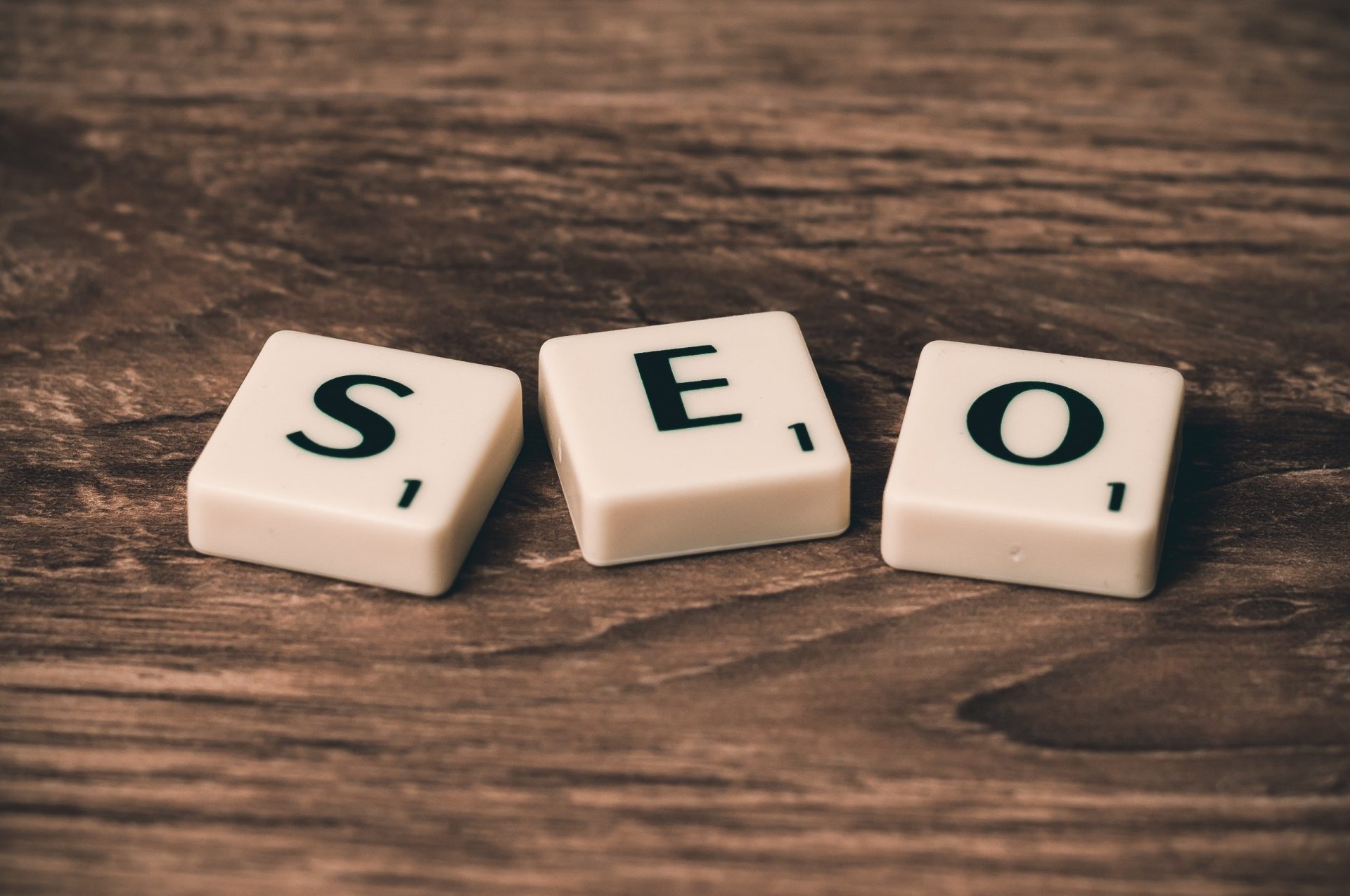The process of searching for something only takes seconds, and that’s why it’s perfect for customers.
We are all familiar with search engines like Google or Bing, because we use them all the time. They are our go-tos whenever we need to find out about a restaurant, a company we want to work with or how to do a DIY project. The process of searching for something only takes seconds, and that’s why it’s perfect for customers. They can discover new products and services with the click of a finger, and your business can gain more exposure.
The greatest tool for business growth
According to a survey conducted by Telstra regarding customer behaviour and the types of digital platforms they’re engaging with, Search Engines are the number one tool that consumers utilize in order to help them find and choose a business.
Even if your business mostly operates offline, doing the right things online is essential to helping potential customers find you. Telstra’s research has shown that a quarter of consumers wouldn’t consider a small business they haven’t used before if they can’t find any information about it online.
The keywords your audience uses to search are also crucial. Analytical tools such as Google Trends and Bing’s Keyword Research Tool can give you a holistic idea of what consumers are looking for. By understanding what the needs of customers are, you can tailor your online presence to match and get the exposure you’re aiming for.
The key to using Search Engines: Start simple
Boosting your business’ online presence doesn’t need to be difficult. Listing it in an online directory (such as Google My Business), and using both search engine optimisation (SEO) and search engine marketing (SEM) are excellent ways to improve your business’s place in search results, making it much easier for consumers to find you online.
Google My Business (GMB)
Creating a GMB listing is free and gives you much greater visibility both in the search results and on Google Maps. This is one of the most undervalued tools for digital marketing. You can even use it to display promotions, reviews and other kinds of information.
Search Engine Optimisation (SEO)
SEO is considered unpaid boosting because you don’t directly pay for placement in the search results. However, SEO still does a remarkable job at boosting your business’s exposure when used correctly.
SEO means making sure the words you’re using in your website are as tailored as they can be to help potential clients find you through search engines. This helps your website rank well in the search results to increase the visibility of your business. It is also essential that the search result content seen by customers will entice them to click through and find out more about your business.
Search Engine Marketing (SEM)
SEM is the ability to buy and bid on certain keywords that customers use in their searches. Your ad, which looks similar to a regular website listing, will appear towards the top of the search results for your chosen terms. This helps promote your business to a tightly targeted audience.
It’s best to prepare a clear strategy across both SEO and SEM for your business since the two complement each other. Consider SEO the first step in boosting the way your website ranks and drives traffic to your business. SEM is a more advanced tool that can take you further and target specific audiences.
SEM is specifically recommended for:
- Targeting key audiences based on where they’re located, the kind of device they’re using and whether they’ve searched for your site or similar sites in the past
- Including products and service information, such as clickable buttons to phone numbers and locations
- Featuring customer reviews to help potential customers have a positive idea of your business
Your Search Engine checklist:
1. SEO or unpaid search boosting
- Make sure you use the right keywords.
Include the words and phrases your potential customers are searching for in your website content, title and headings. Ensure you’re using local and specific words and optimise your site using Google’s and Bing’s reporting tools.
- Use content best practice.
Website content should be easy to read and understand. Don’t stuff in keywords for the sake of it. Adding visual aspects and refreshing content regularly will help differentiate your site.
2. SEM or paid search boosting
- Refine your goals, target audience, budget and platforms.
Clarifying these will ensure a successful campaign that aligns with your business aims.
- Create a compelling ad.
Craft a persuasive and innovative ad that has a strong message or call to action.
- Test, learn and optimise.
Once the ad is up and running, make sure to review and modify if necessary.

